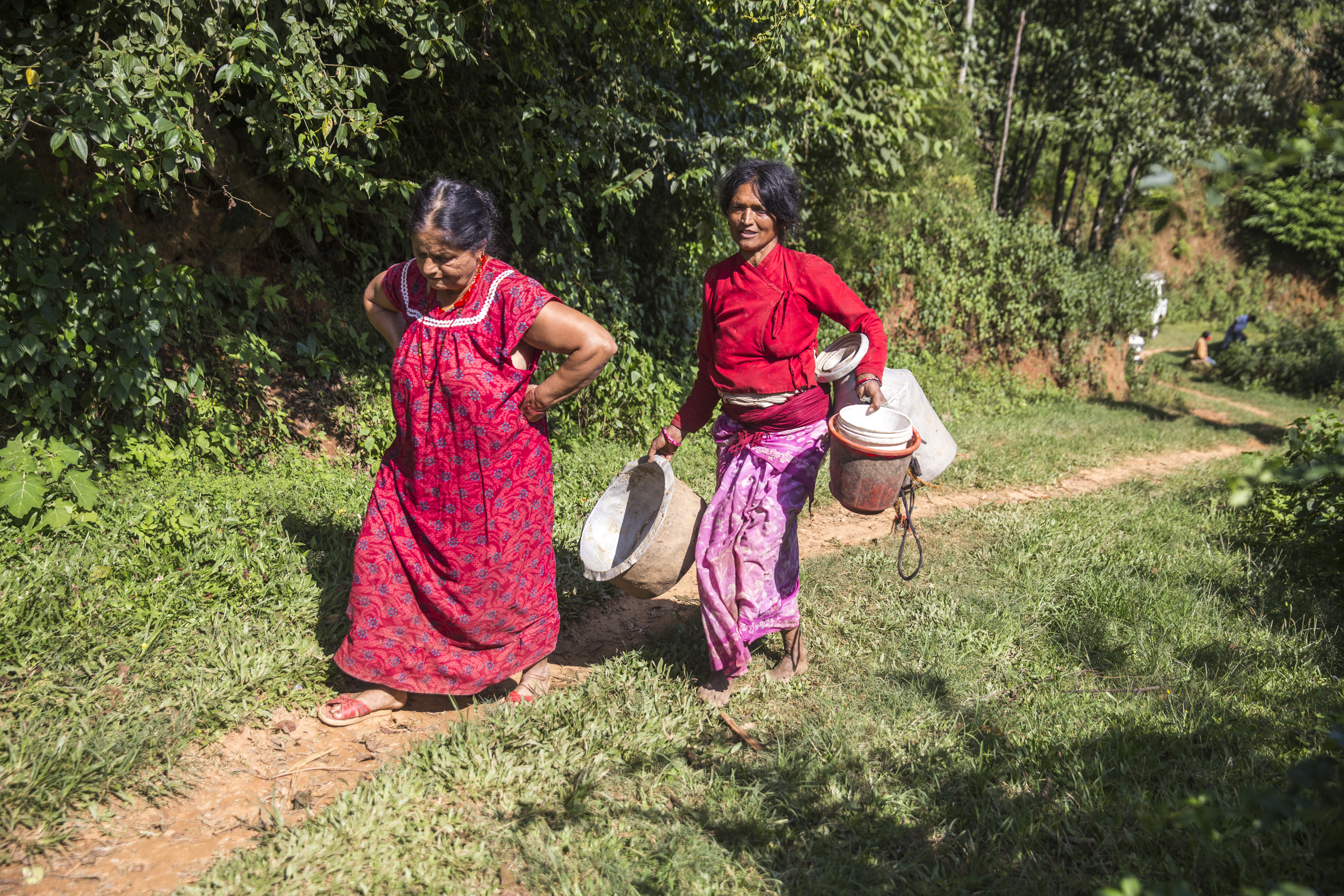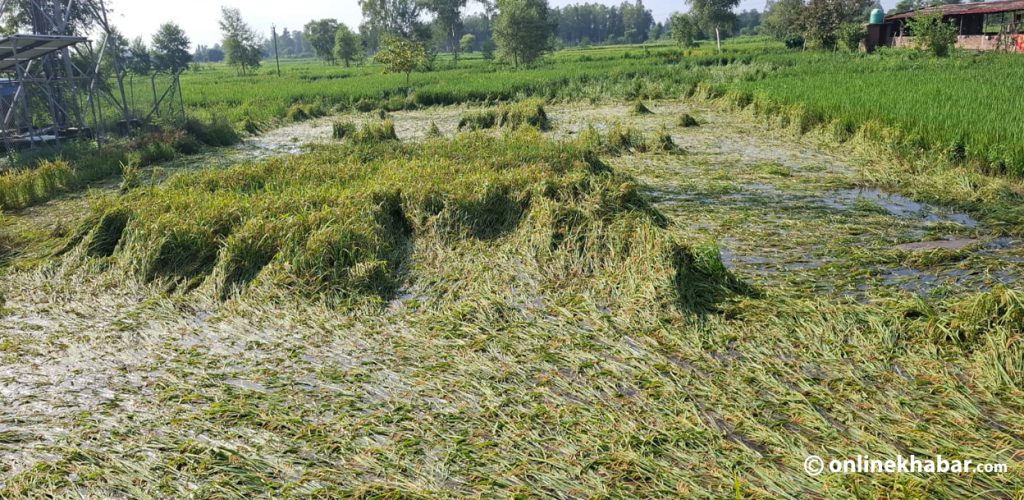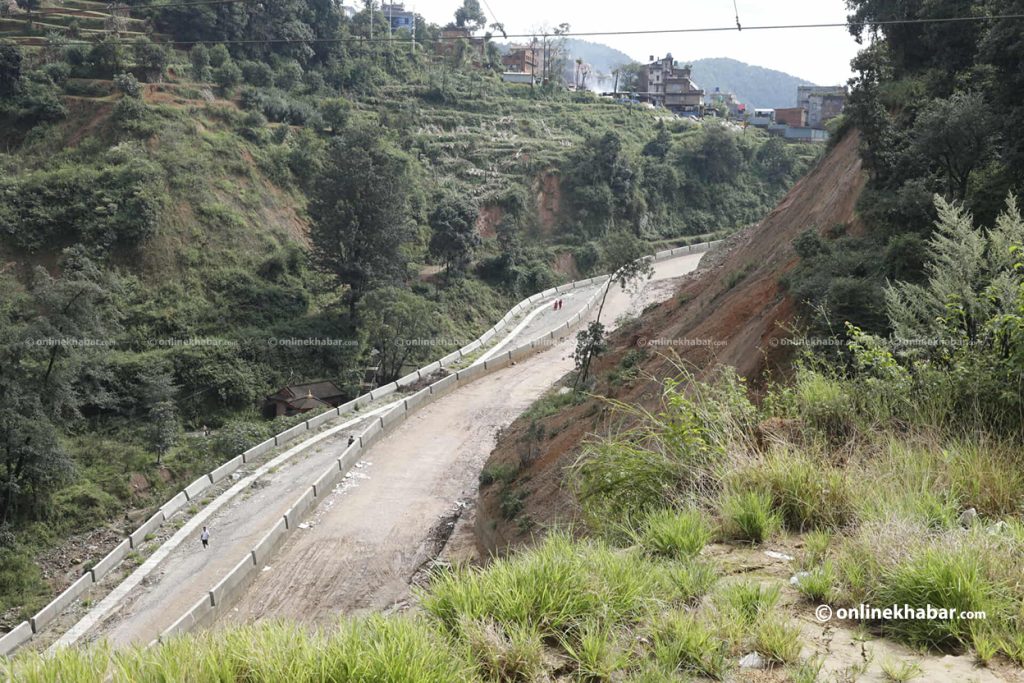
The recent early monsoon floods that ravaged Kathmandu on May 25, 2024, exposed a well-prevailed but often overlooked disparity in flood impact: gender. While the catastrophe caused immense hardship for all residents, a recent rapid assessment by humanitarian organisations found women were disproportionately affected.
Global data suggests that women and children make up a significant portion of those displaced by floods worldwide. According to the Internal Displacement Monitoring Centre (IDMC), approximately 58 per cent of internally displaced persons (IDPs) globally are women and girls. While specific figures for the Kathmandu floods are not yet available, this global trend paints a concerning picture.
The challenges
The reasons for such disparity can be pointed out as moral responsibilities of women as caretakers, their domestic chores as homemakers, economic limitations, and lack of acknowledgement of women in disaster response.
Firstly, socially prescribed gender roles often confine women to domestic duties, limiting their mobility during emergencies. Their caregiving duties amplify women’s vulnerability. Before a disaster strikes, they may prioritise the safety of children, elderly relatives, and people with disabilities, potentially delaying their preparedness efforts.
During the disaster itself, these caregiving responsibilities can restrict their ability to evacuate quickly. Finally, in the aftermath, the burden of caring for dependents intensifies as families grapple with displacement and rebuilding their lives. However, the impact does not stop there. The floods themselves create a nightmarish situation for women struggling to manage household chores.
With damaged homes and limited access to clean water, even basic tasks like cooking, cleaning, and washing clothes, which are generally perceived as women’s roles in our society, become monumental challenges.
The lack of clean water not only impacts hygiene but also extends the time needed for these essential tasks. A 2021 study by the Asian Development Bank (ADB) highlighted that in Nepal, women spend an average of 7.2 hours per day on unpaid care work, including water collection. In flood-affected zones, where access to clean water becomes even more limited, this burden intensifies significantly.
Local women struggle to find clean water and there’s nowhere to properly wash clothes or dry them. Besides social responsibilities, women are often disproportionately affected by the economic fallout of disasters. Some women in flood-hit areas of Kathmandu work in informal sectors heavily impacted by floods, such as street vending, vegetable selling, street food and chatpatey (local snacks) stalls for work. The loss of income and livelihoods disproportionately affects women, pushing them further into poverty.
The increased burden of household chores coupled with the socio-economic stress of displacement takes a significant mental toll on women. A study by the United Nations Office for Disaster Risk Reduction (UNDRR) found that women are more likely to experience anxiety and depression after disasters as well.
Need for disaster preparedness and response plans

Experts warn that this gender bias in disaster response is not unique to Kathmandu. Similar patterns have been observed in floods and other natural disasters worldwide. Urgent action is needed to ensure disaster preparedness and response plans are inclusive and address the specific needs of women.
Women rights activists have been urging to move beyond gender-neutral disaster policies. It has been very essential to recognise the unique challenges faced by women and design solutions that empower them to survive and recover from disasters, including support for managing their household duties, rebuilding their livelihoods, and fulfilling their caregiving roles.
A few measures could be taken to address the gender gap in disaster preparedness and make the disaster situation more efficient for women. As Kathmandu rebuilds, addressing the gender gap in disaster preparedness will be crucial to ensuring a more equitable and resilient future for all residents. This includes not just immediate relief but also long-term programmes that empower women.
For instance, equipping women with skills for jobs that are less affected by floods, wherever feasible, can be a game-changer. These skills can provide them with a steady income source even after a disaster, allowing them to rebuild their lives and support their families. Partnering with local businesses for training programmes can ensure these skills translate into real job opportunities.
Establishing childcare centres during emergencies could be another critical step to address this situation. Staffed by trained personnel who understand the unique needs of children in disaster situations, these centres can free women to participate in evacuation and recovery efforts without the burden of childcare. Temporary structures set up in evacuation zones or community centres can make these services accessible to all.
Another way to ease the situation is to make early warning systems more accessible for women. Ensuring these systems are available in local languages and considering the specific needs of women with children is vital. This can involve utilising local women’s groups to spread warnings and incorporating messages about safe evacuation routes for families. Additionally, exploring technologies like voice messages over SMS alerts tailored to less educated women’s schedules can guarantee timely information reaches them.
Moreover, the mental health impact of disasters on women is significant. Providing accessible mental health resources specifically designed to address their anxieties and trauma is crucial for their long-term well-being. Training local female counsellors who understand the cultural context and offering culturally sensitive support groups can create a safe space for women to heal. Online resources and helplines specifically for women can further expand their access to mental health support as well.
Thus, as Kathmandu braces itself for monsoon, addressing the gender gap in disaster preparedness will be crucial to ensuring a more equitable and resilient future for all residents. This includes not just immediate relief but also long-term programs that empower women and share the burden of household responsibilities during emergencies.
























